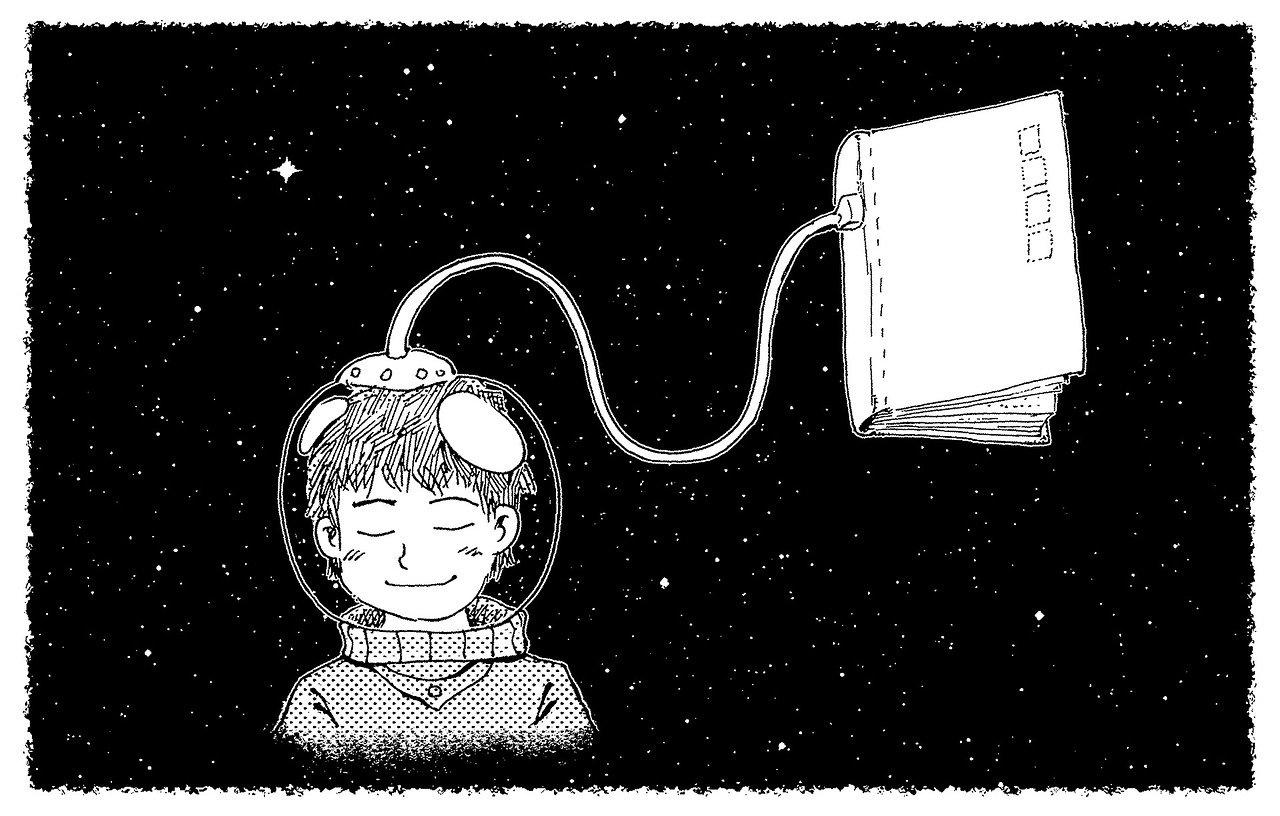The world of animation is exciting, creative, technology-driven and complex. Most industry experts spend years learning how to apply their creative ideas and digital experience to the ever-changing world of animation production.
If you want to create your own animation we've created this article for you. We'll explain how animation studios go to work to create animation, will touch on animation techniques and give you the broad, practical steps and processes.
It’s important for you to approach the process of creating animation in a playful and inquisitive way. You’ll suddenly fill many roles including that of a screenwriter, director, animator, modeller and sound engineer, to mention a few, so pick only those elements and steps in the process that’s relevant to your story, style and available resources.
Are you ready to discover how animation production brings characters to life?

Information Gathering and Brainstorming
Everything great starts with an idea and if you work in a creative industry, like animation, you are constantly hunted by creative ideas. Unfortunately, not all ideas are good ideas and sometimes 10 ideas need to be simplified into a single clear idea with a strong premise.
When starting out with an animation project you’ll have hundreds of thoughts, ideas, challenges and processes running in your head. Animation studios have client needs to keep in mind, budgets, team capacity and whether the project is correct for their business. Usually all of these are assessed and streamlined before they start investing in a project.
A small team or working on your own, might also require the simplification and organisation of thinking and ideas. Here are a couple of considerations to help you:
An Assessment of Your Capabilities
Can you draw well enough, are you familiar with animation software, are you a complete beginner or have you done a couple of courses and still discovering? Any student of animation will spend hours on creating their first project and it will help you if you are realistic about your level of experience and skills.
Know What Support and Resources You Have
One second of traditional animation requires 24 drawings which means 1440 drawings will be required for one minute of 2D animation. Creating a short film of 10 minutes might just not be practical and an almost impossible venture for most. Your best and most practical bet as animation student will be take on a small project under 30 seconds, especially if you have to develop everything yourself.
The animation program you'll use is another key consideration as the costs of professional software are very high and most students work on free, online animation software options to get the practice they need.
Read more about free and professional animation software you can choose from in this article.
Test Your Ideas
Animation studios start their process from a good story or idea. Testing your idea or premise with friends, who will give you an honest opinion and support, will ensure you work with an idea that can flower into something spectacular. Explaining your idea to others will also force you to clarify it in your own mind.
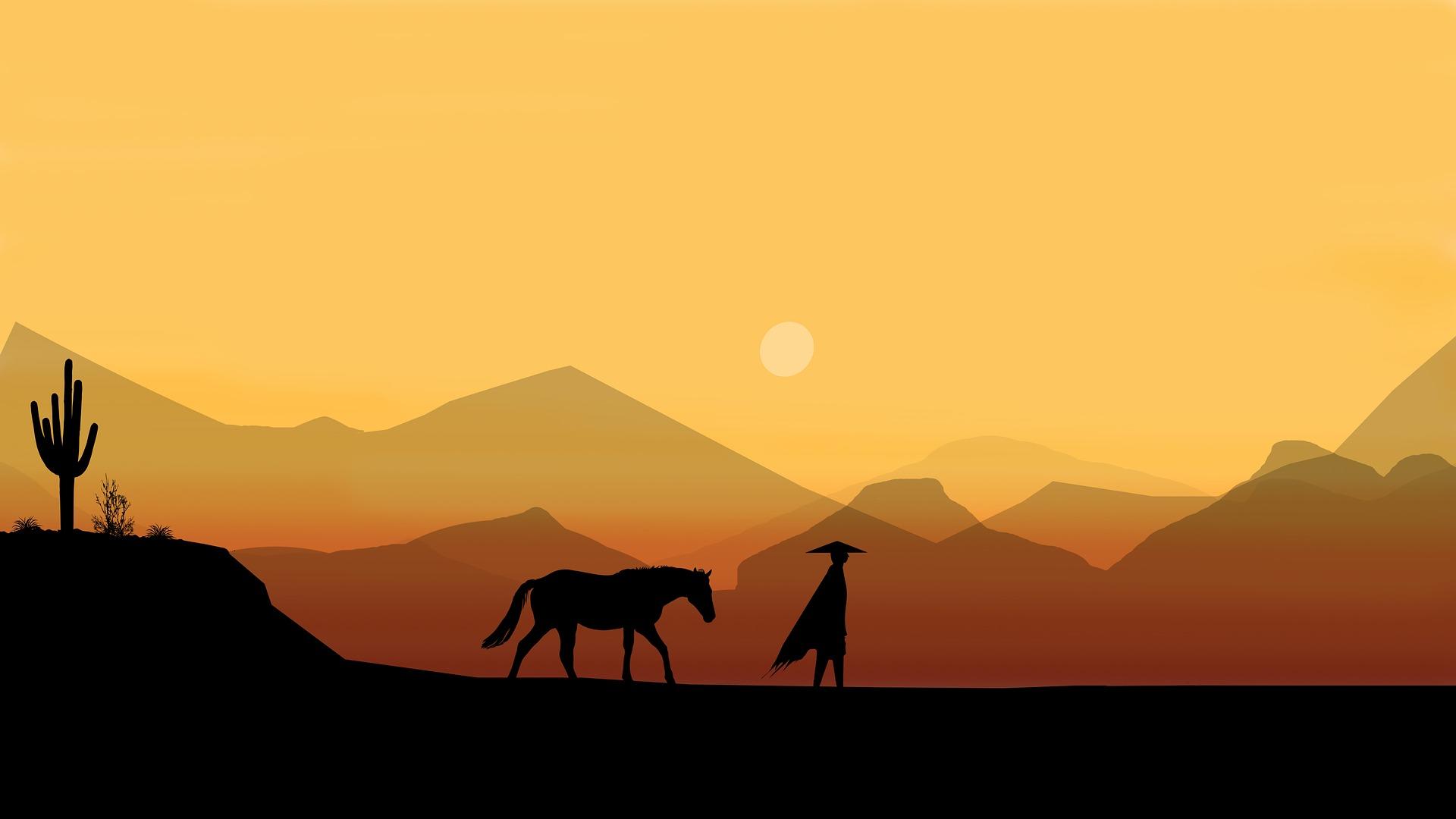
Drafting a Script and Crafting Your Story
Good writers will tell you that the secret of writing, is re-writing. Your characters can be the greatest in the world, if the story is boring your animation will fall flat. For your first animation you can do a single scenario or scene, but it’ll have to address all the elements that makes a good story. Create good characters and interesting scenarios people can identify with.
A great alternative to an original story is creating a script from an existing short story or folk tale. A script will include all the character dialogue, the direction around environment and character actions. You can research the format of screenwriting scripts to guide you or download professional software like Finaldraft that will automatically put your script in the correct formats as required by international television networks.
We also have excellent Superprof writers that can help you with your screenwriting process. Be sure to check their experience and rates directly on Superprof.
Creating Concept Art
Concept art is to animation what a mood board would be to interior design; various elements and ideas are brought together to become a visual guideline around the ‘look and feel’ of the animation.
If you are creating your own animation your concept art can include ideas on backgrounds, characters, voices or existing animations for reference. You need to be able to draw well if you are part of the team creating the conceptual characters and if you need help with your drawing skills you can do a drawing course or find a drawing tutor on Superprof.
Concept art is only a first stab at ideas and options for animation studios. The animation style is not yet concluded and concepts or ideas will be refined in the remaining steps of the process.
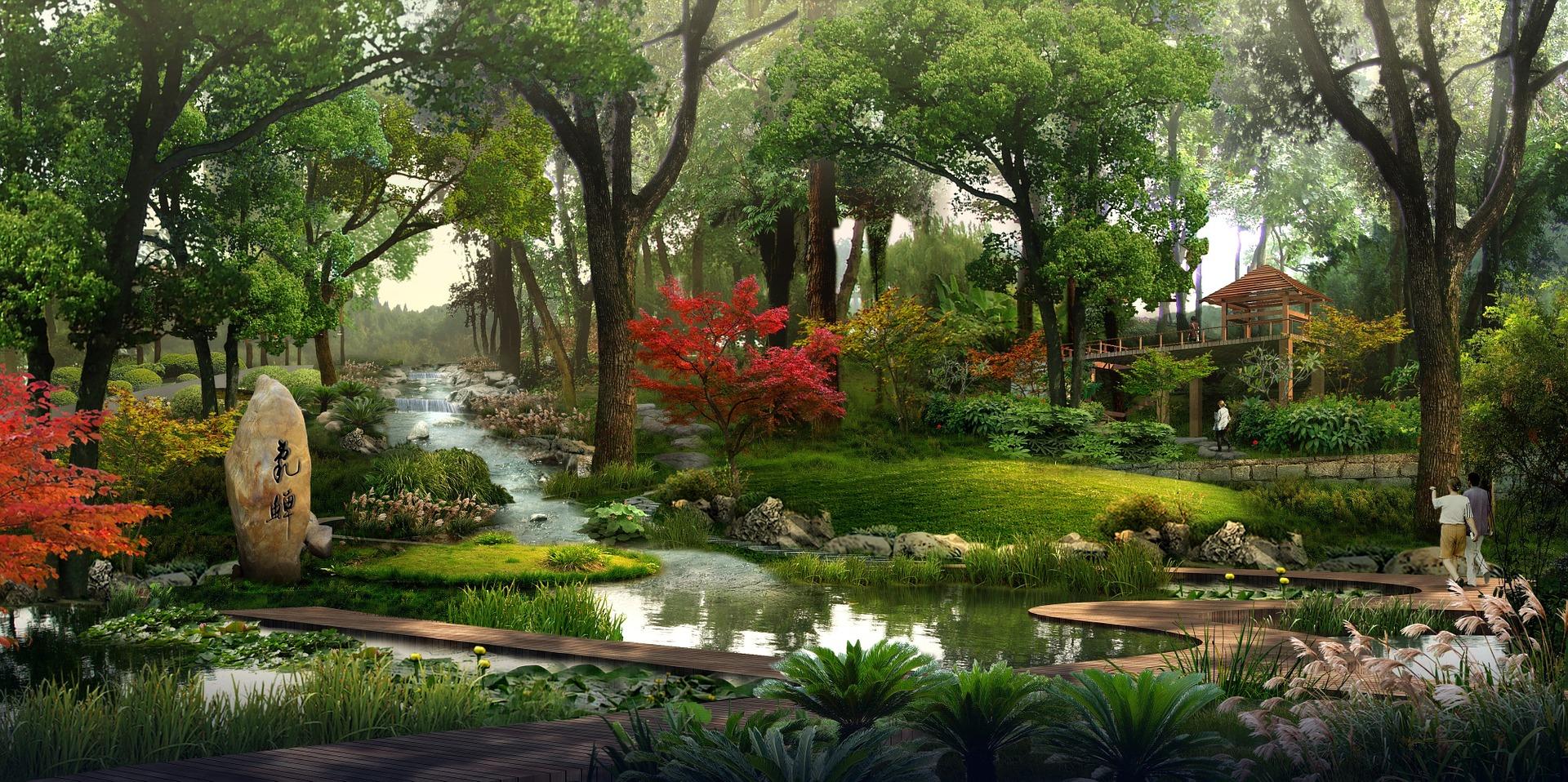
Storyboarding
Animation teams need to have a clear and structured plan, allowing every specialist to contribute to building towards the same vision for a film or video. All elements like the script, concept art and storyboard or treatment will ensure that everyone works towards the same look and feel.
As a student of animation it is important to discover the importance of storyboarding in the process. Directors use storyboarding teams to communicate visually ‘how’ the story comes to life in still drawings, frame by frame.
It can be considered as the ‘comic book’ version of the animation and is incredibly useful in identifying the issues in your story’s pacing. It’s also a great opportunity to start editing aspects around the story before investing more complex and costly resources into it.

Choose the Animation Style
Professional animation studios tend to lean more towards 3D animation and CGI (Computer Generated Imaging) when working on more modern films or games, but 2D animation still has its place, especially when looking at kids’ games, apps and children's programmes.
At this stage the animation team will have quite a good idea of their vision, the resources available and the animation tools they can apply. They now decide the style of animation they’ll use together with the supporting programmes and software.
Traditional animation used a physical drawing and painting process. Pictures on paper or 'cels' are scanned or photographed and then played sequential at high speed to create the illusion of movement. Be sure to read this article for the steps and tools towards creating your own hand-drawn animation.
Do your research on the types of animation you could choose from that’s fitting to your story. Here are some additional ones you can consider for your first animation:
- Stop-motion animation where physical models or sculptures are photographed and animated together. Chicken Run or Wallace and Gromit are examples of films that applies this technique.
- Motion graphics animation uses the animation of logos and typography and is more used for corporates and logos.
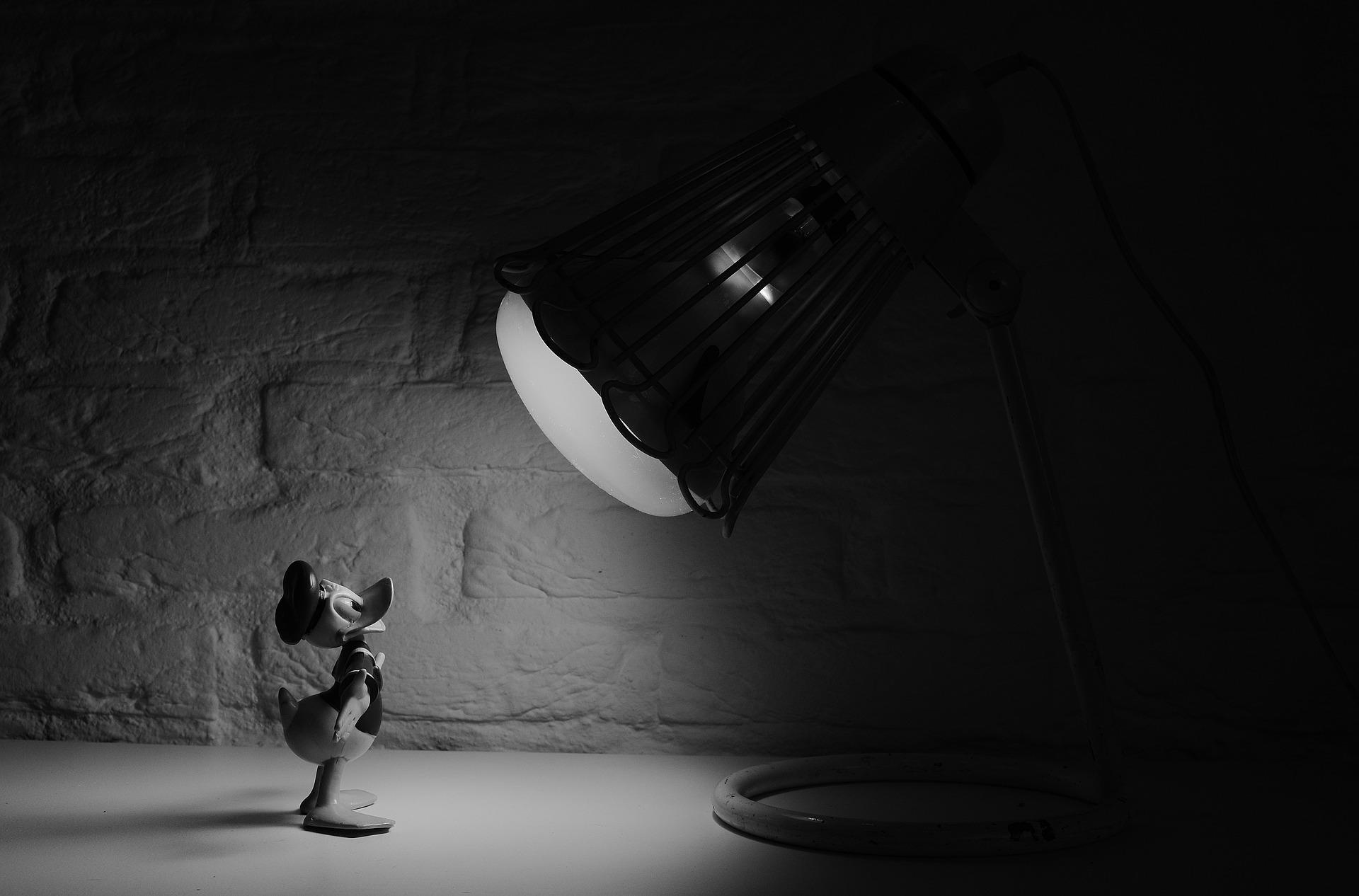
Start to Animate
This part of the process is where animators start to transfer their ideas into the programs they are working with. If you are working on a 2D animation, traditional or stop-motion animation, you will finish all the key frames and transfer them to the software program that with animate them to bring the characters to life.
A studio who creates a 3D animation will have a whole range of additional processes because the bulk of the animation is being done on the computer. They’ll make use of 3D modelling and rigging to enable digital animation with the help of software. This means they won't draw anymore elements unless they choose to.
They might also use a range of programs to integrate the functionality, tools and effects from a variety. One of these tools is the ability to include and change the lighting in scenes while another is the ability to add texture to environments and characters.
Rendering and Compositing
This is an important part for professional studios and they generally have impressive and powerful computers to run complex programs. The process of 3D rendering is when the computer takes all the 3D data created on the computer by the animator and make the image more ‘real’ by adding simulations of light and shadow, colour texture etc.
Various rendered images can then be put together through the process known as compositing. In a program like Adobe After Effects, they add all the layers and then complete scenes, adding additional effects like fog, rain, etc.
If you plan to do a course in animation, you’ll learn about all these complex processes and how to make use of each step in the process. As a beginner animator we would however advise you to start with one program and become a pro at it before considering coding and various platform integrations.
Editing & Sound Design
Advanced 3D animations require that editing is completed before sound technicians start their work the sound design. Editing will prepare a final version of the previsualisation (previs) that was created during the animation phase. They do colour corrections and grading to ensure the colours and textures stick to the same colour palette across the entire film.
Sound design starts quite early in the process because it takes time to record a lot of dialogue or create the perfect soundtrack to a scene. The teams constantly keep in touch with each other to ensure they work towards scenes that are in sync and seamless, but this also allows the addition of the various sound elements as soon as editing is done. This will include recorded dialogue, the perfect music and sound effects.
Students can study sound design at an independent college in South Africa like Open Window.
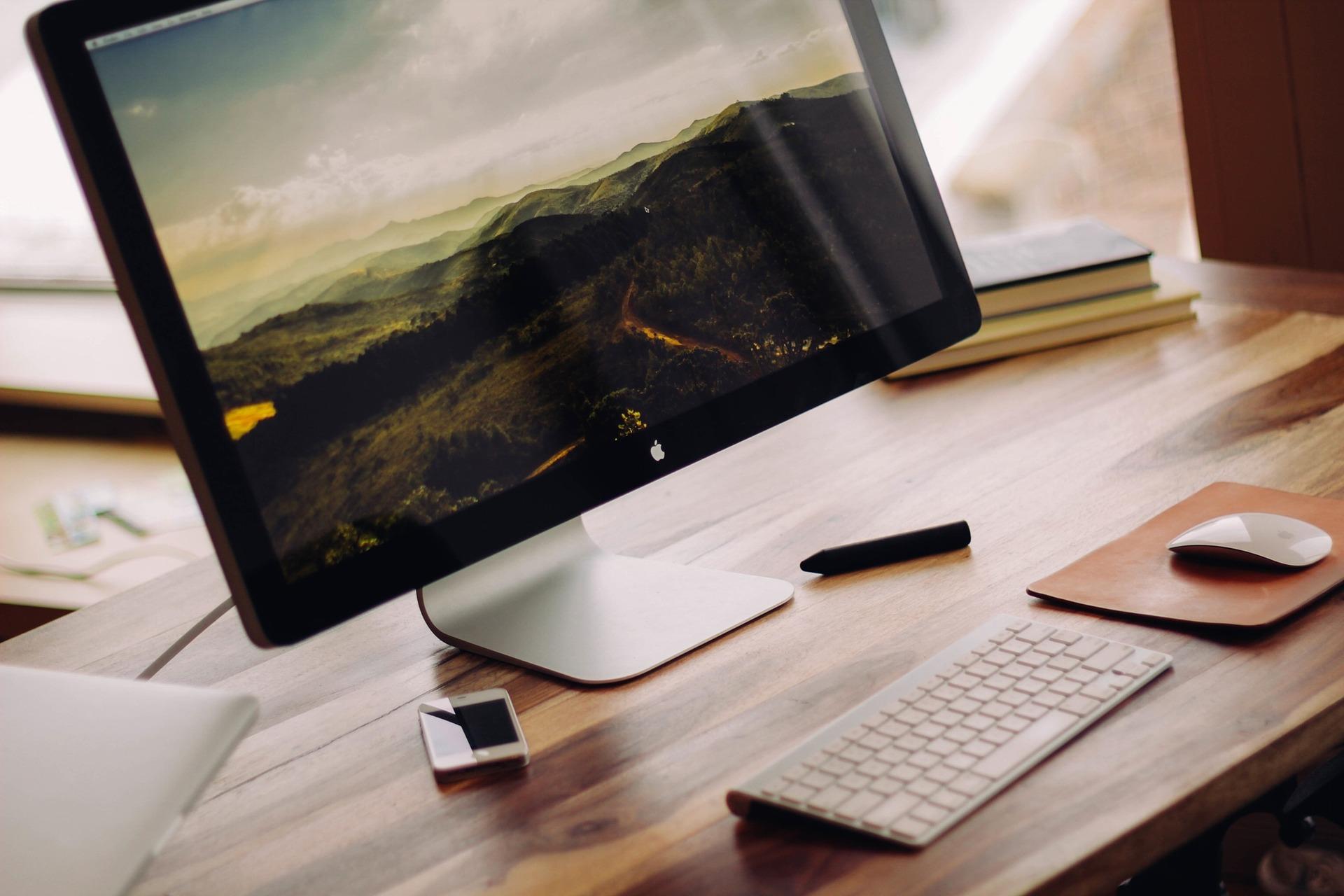
Complete a Course or Formal Qualification
There is so much to learn along each step of the animation process and if you are set on making a career of animation we suggest you research options and costs for learning at a university or art school with multimedia, fine arts, graphic design or animation. A diploma course at an independent school will help you get closer to the industry while you develop your creative and digital skills.
Most formal courses also support students by teaching them to apply their skills to real-life scenarios. You will spend hours to practice and apply your techniques towards creating a final student portfolio, so if you are still learning you can already work on creating the first pieces of your portfolio.
Watch a beginner animation tutorial on YouTube for more tips for beginners or find tips from the experts online if you are ready to learn all about more complex elements like rigging and rendering.
This article provides more tips and clues on how you can approach animation for the first time, and if you need the help of experts in writing, drawing, software and almost anything imaginable you can find a Superprof tutor in no time using our easy online search function.
Good luck and keep on animating to make the world a more colourful and happier place.

